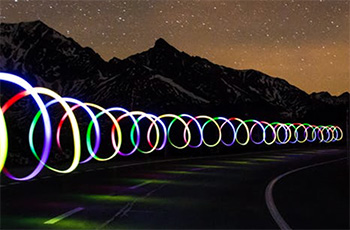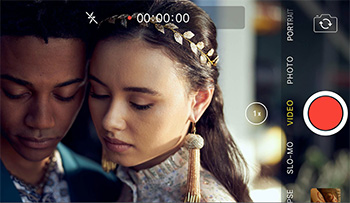… for Visual Effects
Tip #1421: Tips for Editing Better Trailers
Larry Jordan – LarryJordan.com
Trailers are the way we catch the attention of viewers today.


This article first appeared in MotionArray.com. This is a summary.
Trailers have always been an important part of film promotion, but when the era of internet video swept in, trailers became their medium. We now live in a world where a 1- to 2-minute video is exactly what people like to consume, and because of this trailers are created for everything from films to products to events.
Here are some tips to improve your next trailer.
- Tell A Story. Don’t give everything away, but tell a story that your viewer can get behind.
- Set The Pace. In many scenarios, fast pacing is the way to go with a trailer. There isn’t a lot of time, but there is a lot of information to convey, so keeping things moving will help you along.
- Choose Your Words. Use text on the screen, but choose your words wisely. Short and punchy wins.
- Get Graphic. Graphics can help keep an edit moving and create a common visual thread throughout.
- Music Matters. We say over and over again that music plays a key role in visuals.
The article has several demo videos and more details on each of these points.


